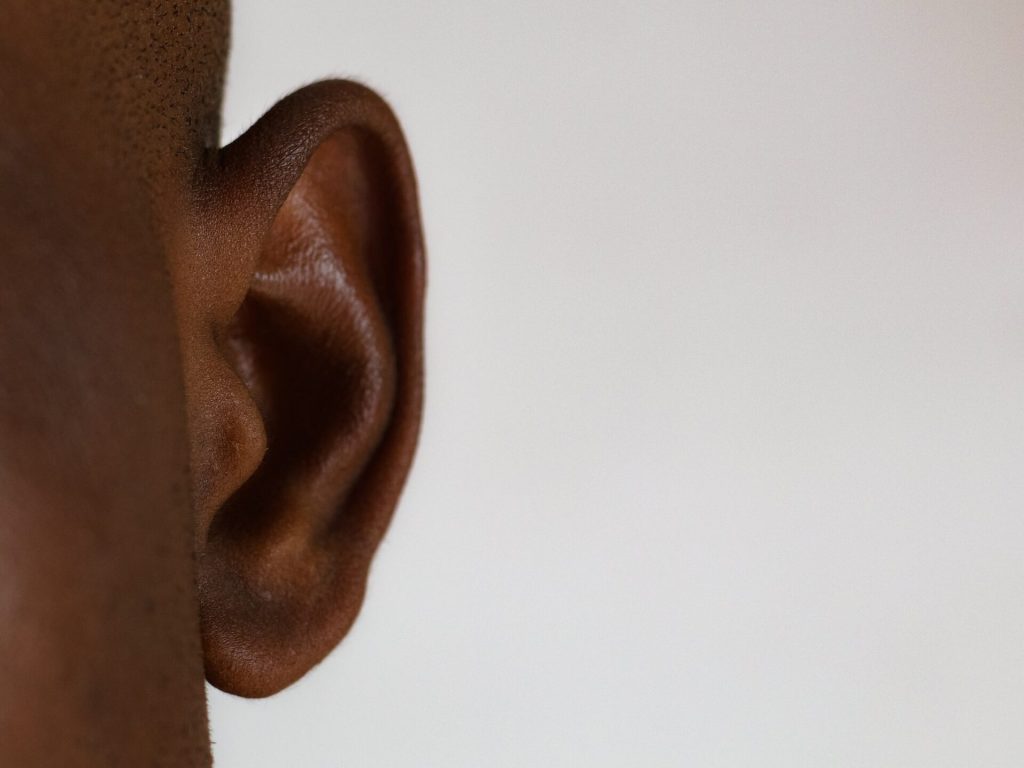Sound Also Disrupts Balance in People with Vestibular Hypofunction

Visual information has long been proven to affect balance – for example, strobe lights and swirling images can cause instability – but a new study published in PLOS ONE shows that sounds can also be a disruptive factor for those who have vestibular hypofunction, a vestibular system disorder resulting in impaired balance.
“People with vestibular hypofunction have difficulty in places like busy streets or train stations where the overwhelming visual information may cause them to lose balance or be anxious or dizzy,” says lead author Anat Lubetzky, associate professor of physical therapy at NYU Steinhardt School of Culture, Education, and Human Development. “Sounds are not typically considered during physical therapy, making our findings particularly relevant for future interventions.”
The researchers conducted an experiment with 61 participants divided into two groups: healthy controls and individuals with unilateral vestibular hypofunction (affecting one ear).
Participants wore a virtual reality headset that simulated the experience of being in a New York City subway. As they experienced the sights and sounds of the “subway,” they stood on a platform that measured their body movement, while the headset recorded their head movement, two indicators of balance known as sway. Participants were provided with different subway scenarios: static or moving visuals paired with silence, white noise, or recorded subway sounds.
The results revealed that for the group with vestibular hypofunction, the moving visuals accompanied by audio (either white noise or subway sounds) resulted in the greatest amount of sway. This sway was evident on the body’s forward and backward movements, as well as head movements left to right, and head tilts upward and downward. Audio conditions did not affect the balance of the healthy individuals.
“What we’ve learned is that sound should be included as part of both the assessment of balance and intervention programs,” says Lubetzky. “Because balance training is known to be task-specific, ideally, these should be real sounds related to patients’ typical environments and combined with salient and increasingly challenging visual cues. Portable virtual headsets are a promising tool for both assessing and treating balance problems.”
Source: New York University


